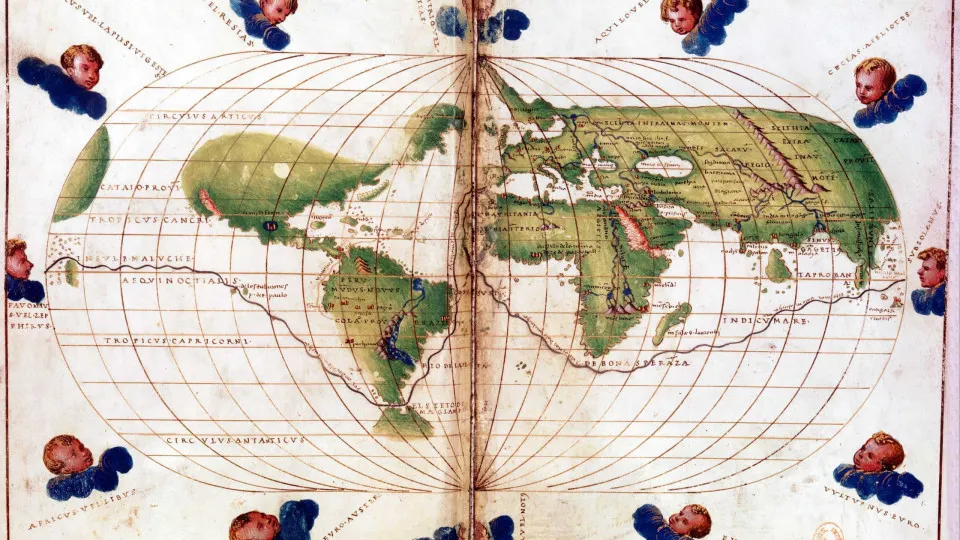Portugal was an incredible sea power during the 15th and 16th centuries, and they traveled all over the world, gaining new trade routes and exploring unfamiliar territory. Maritime expeditions to far-flung places saw intrepid mariners sail uncharted waters to reach these unmapped lands. But do you know where they ended up?
Browse the following gallery and learn more about this adventurous time in Portuguese history.



